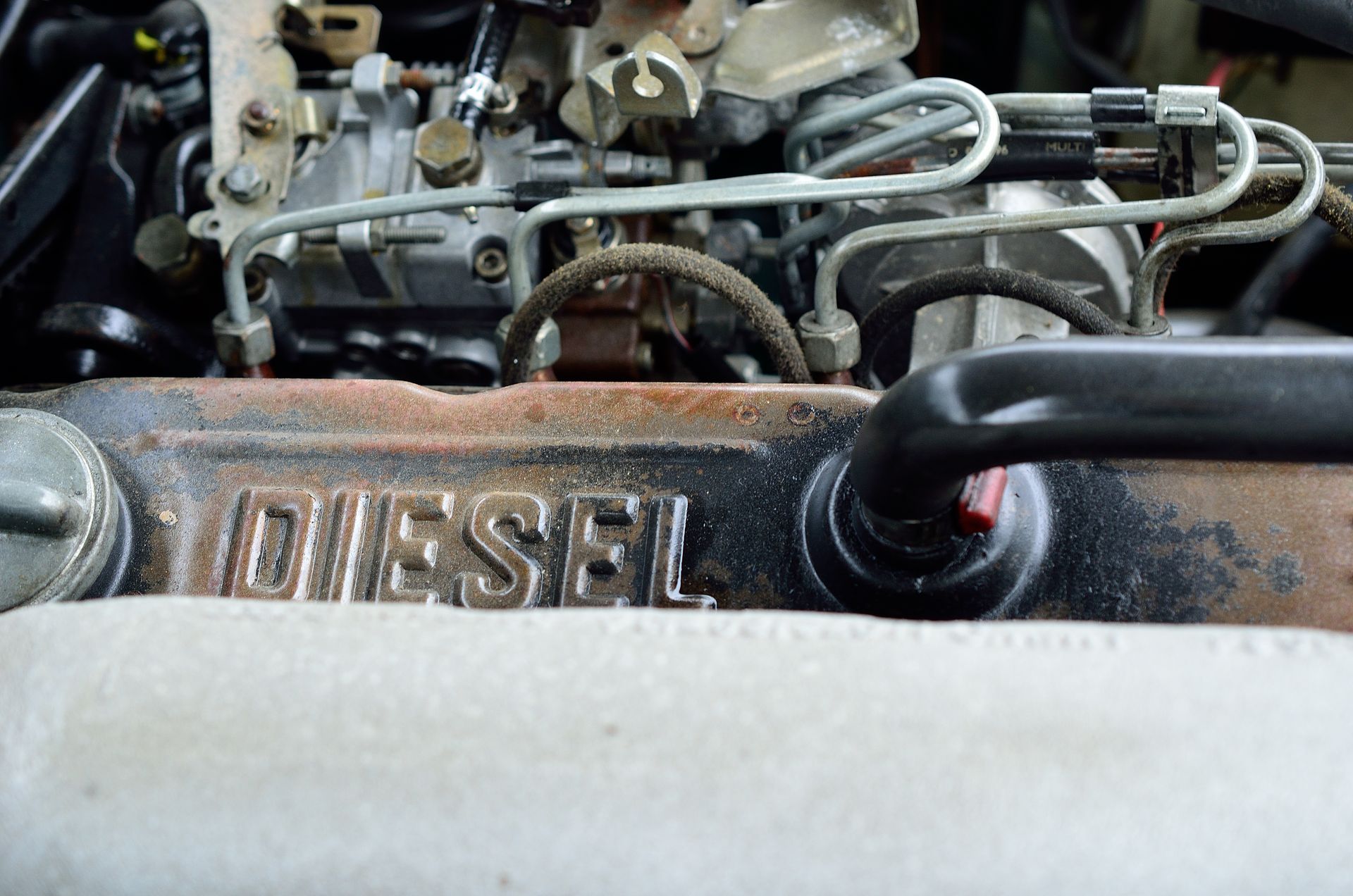You're cruising down the highway, and out of nowhere, your car starts shaking. That could be a sign your tire quartet is out of sync. Just like any band, your tires need to perform harmoniously to give you a smooth ride. Enter the unsung hero of car maintenance—the tire rotation.
Understanding the What and Why of Tire Rotation
Tire rotation is not about spinning your tires; that's their everyday job! Instead, it involves systematically moving your tires from one position on your vehicle to another. Think of it as giving them a chance to experience life from a different angle—a front wheel getting the rear-view perspective or vice versa.
So why bother? It all comes down to wear and tear. Not all tires live an equal life—front tires shoulder more weight due to the engine, and they take on most of the steering duties. By rotating them, you spread out the burden evenly over time, reducing uneven wear.
Signs It's Time for a Tire Rotation
Your vehicle might be dropping hints that it's time for a tire rotation—don't ignore them! If you notice uneven wear patterns when inspecting your tires or if your ride starts feeling bumpy or less stable than usual, consider these red flags waving at you.
Another tell-tale sign? If you're sensing vibrations through the steering wheel once you hit certain speeds—think of it as your car pleading for some much-needed TLC.
But don't wait for these signs! Proactivity is key here. Most car manufacturers recommend rotating your tires every 5,000 to 7,500 miles. However, always check your owner's manual for specifics because just like humans, every car has its own needs and wants.
Doing the Rotation Right
You've decided it's time for action—but how do you actually rotate tires? This isn't a DIY dance move; patterns are important here:
- Front-to-Rear: The most common method where front wheels swap places with rear ones.
- Side-to-Side: Swapping left and right side tires—ideal for vehicles with same-size directional wheels.
- X-Pattern: Front right goes to back left; front left goes to back right—it's like an X marks the spot kind of deal.
Different types of drivetrains may require different rotation patterns so let professionals take the lead if you're unsure.
The Benefits You Can't Ignore
By now, we hope we've piqued your interest in this often-overlooked ritual because there's more than one perk:
- Longer Tire Life: Even wear means all four tires can retire together gracefully after living full lives.
- Better Performance: Balanced handling equals smoother driving—it's like ensuring each member of a relay team runs exactly 100 meters.
- Fuel Efficiency: Unevenly worn tires make your engine work harder, which means more pit stops at gas stations.
- Safety First: Avoid blowouts and maintain better traction, especially when Mother Nature throws her weather tantrums.
For all your vehicle's tire-related services, make sure to give us at General Automotive Servicenter a call, and we will schedule you for a visit ASAP! Your safety is our number one priority.










